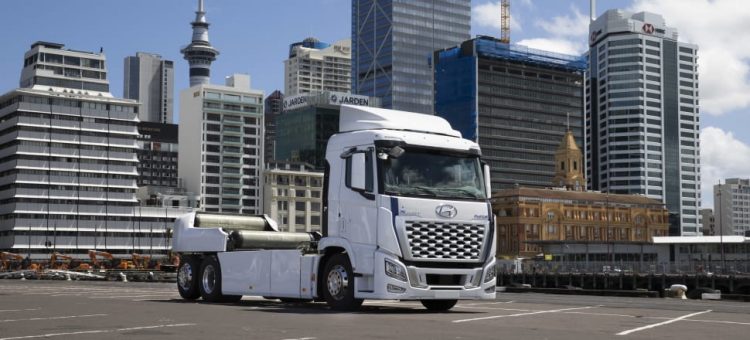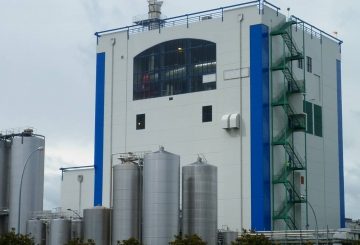Ba năm trước Hyundai NZ đã đưa chiếc xe chạy bằng hydro đầu tiên đến New Zealand – Nexo – nhưng nơi duy nhất nó có thể tiếp nhiên liệu là nhà máy nhỏ của công ty ra phía sau trụ sở chính ở Mt Wellington.
Tổng giám đốc Hyundai NZ Andy Sinclair mô tả việc nhập khẩu của Nexo là đặt “trứng trước gà”, nhưng sự xuất hiện vài tuần trước của XCIENT đầu tiên cho thấy công ty nghiêm túc về vai trò mà nó nghĩ hydro sẽ đóng trong lĩnh vực vận tải nặng của chúng tôi.
Hydro, đặc biệt là hydro xanh, mang đến một cơ hội hấp dẫn cho các chính trị gia và và ngành vận tải nặng để tạo ra tác động nhanh chóng đến lượng khí thải carbon. Nó là một giải pháp ‘ở đây và bây giờ’ cho một vấn đề lớn.
Theo Sinclair, xe tải hạng nặng chiếm 4 phần trăm đội vận tải của chúng tôi nhưng sản xuất 25% lượng khí thải của nó.
“Hydro sẽ là một phần quan trọng của hỗn hợp năng lượng sạch cùng với EV s và nhiên liệu sinh học trong bức tranh lớn hơn về cách chúng ta khử cacbon hệ thống.”
Đây không chỉ là không khí nóng từ Wood. Chính phủ đang đầu tư tiền thật vào nền kinh tế hydro. Nó đã cho Hiringa Energy có trụ sở tại Taranaki khoản vay 16 triệu đô la để giúp nó xây dựng các trạm tiếp nhiên liệu hydro ở Đảo Bắc. Hiringa, một công ty tư nhân được hỗ trợ bởi quỹ K1W1 của Mitsui và Stephen Tindall của Nhật Bản, đang chi 50 triệu đô la cho bốn trạm.
Chính phủ đưa thêm 6m USD vào liên doanh giữa Hiringa và nhà sản xuất xe tải hydro Hyzon của Hoa Kỳ. Điều này sẽ trợ cấp chi phí cho 20 xe tải sẽ đến đây vào năm tới, thuộc sở hữu của Tập đoàn TR và cho thuê cho các công ty vận tải hàng hóa.
Hyundai NZ đã nhận được 500.000 đô la tiền của Chính phủ để giảm chi phí cho năm chiếc xe tải mà nó mang lại từ Hàn Quốc. New Zealand chỉ là quốc gia thứ ba bên ngoài Hàn Quốc và Thụy Sĩ để có được bàn tay của mình trên XCIENT. Các xe tải sử dụng các tế bào nhiên liệu chuyển đổi hydro thành điện điều khiển động cơ điện. Chúng thường được gọi là FCEV.
Giống như xe tải Hyzon, XCIENTs sẽ sử dụng các trạm tiếp nhiên liệu của Hiringa được lên kế hoạch cho Nam Auckland, Tauranga, Hamilton (cái gọi là tam giác vàng) và Palmerston North.





























































